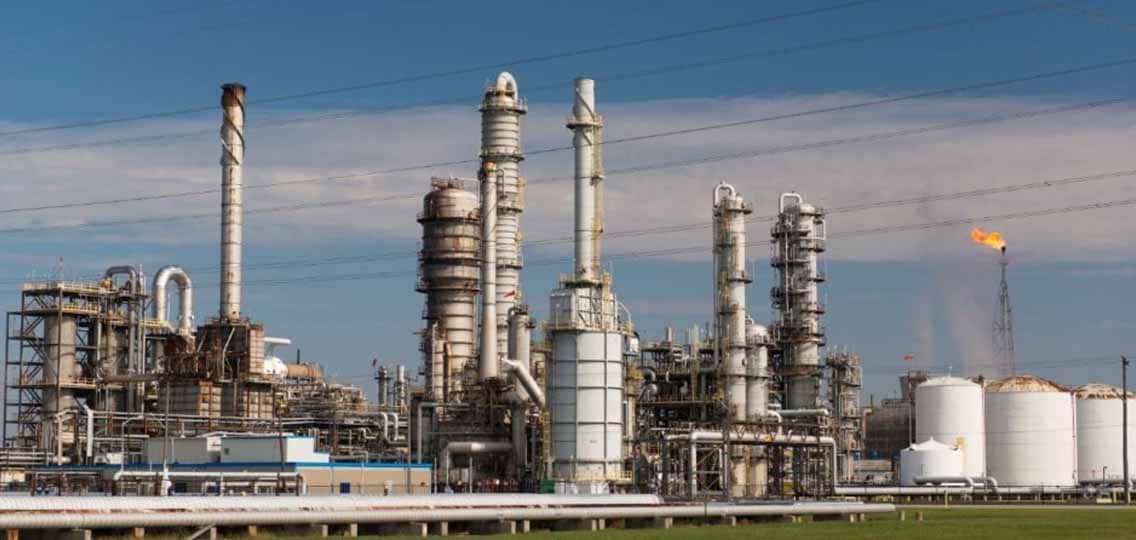Bucket Brigade results reveal lack of public health standards for toxic air pollution in Canada
SARNIA, ON – Bucket Brigade volunteers from the Aamjiwnaang First Nation have discovered alarming levels of toxic chemicals in the air adjacent to their reserve near Sarnia, Ontario. A sample taken by two members of the Aamjiwnaang Bucket Brigade east of the intersection of 40 highway and Churchill Road on January 15, detected high levels of five toxic chemicals. Chloromethane, benzene, chlorobenzene, ethylbenzene and isoprene were detected in the air sample at levels that exceed health guidelines and legal limits in the United States.
Ada Lockridge, chair of the Aamjiwnaang Environmental Committee, was tipped off about the sampling conditions. “My daughter called me from her cell phone and told me about a horrible smell at the intersection. She said the odor stung her nose.”
Lockridge and sampling partner and fellow band member Wilson Plain, “grabbed our buckets and headed down there, we saw a car driving by with people fanning their faces. That’s when we sampled.”
According to the International Agency for Research on Cancer and the United States Environmental Protection Agency, benzene is carcinogenic to humans, while ethylbenzene and isoprene are suspected cancer-causing chemicals.
The U.S. Agency for Toxic Substances and Disease Registry (ATSDR) shows that exposure to the chemicals detected in the sample can range from irritation to the nose, throat and eyes to causing nervous system damage including convulsions or coma. Liver, kidneys, reproductive systems and the heart can also be affected. Physical effects like dizziness, fatigue, tremors, nausea and vomiting can occur as well.
Although various other jurisdictions have health-based standards for the toxic chemicals found in the samples, according to Dr. Elaine MacDonald, Senior Scientist with Ecojustice (formerly Sierra Legal Defence Fund), there are no relevant Canadian or Ontario standards. “Each of these chemicals is clearly hazardous to your health, yet there are no laws or health-based standards in place to prevent Canadians from being exposed,” said MacDonald.
“Sarnia-area residents are not lab rats and should not have to breathe in such a potent cocktail of toxic chemicals. They deserve to have proper safeguards in place to protect their health.”
MacDonald and Ruth Breech of Global Community Monitor, trainer of the Aamjiwnaang Bucket Brigade in sampling techniques, agreed that there are no health-based standards for exposures to multiple chemicals. Being exposed to multiple chemicals can cause more health problems than one chemical by itself. Breech also noted that worker standards are not appropriate for the community because neighbors of industry are there a possible 24 hours a day, seven days a week-not a 40-hour workweek.
Breech continued that the sample taken by Lockridge and Plain is a “snapshot” of the toxic chemicals the Aamjiwnaang and surrounding neighbors are exposed to on a daily basis. Breech is urging Sarnia’s industry and government to move quickly to make public health a priority. She said, “industry has the ability to reduce emissions, we’ve seen it in other industrial areas. Government needs to show their strength and make industry adhere to standards that protect public health. Sensitive populations like pregnant women, children, the elderly and people with already compromised immune systems should not be threatened by going outdoors.”
The Sarnia area is one of the most heavily industrialized in Canada, accounting for more than 40% of Canada’s total chemical industry. According to Ecojustice’s 2007 report, Exposing Canada’s Chemical Valley, there are 62 industrial facilities within 25 kilometres of the Aamjiwnaang reserve and city of Sarnia that released more than 131 thousand tonnes of air pollution in 2005, including numerous chemicals associated with reproductive and developmental disorders and cancer.
The Aamjiwnaang First Nation has long been concerned with the quality of the air and water. Refineries and chemical plants surround the community of 900, the Aamjiwnaang have been evacuated from their homes several times from chemical releases. Chief Christopher Plain commented, “Industry needs to be working in partnership with the Aamjiwnaang. We believe that it is possible to have a safe and healthy community, environment, and workforce, but we all need to work on it together.”
Lockridge also called the Spills Action Centre, to no avail. Plain, who helped Lockridge with the sample and upon reading the sampling results he commented that he “wants to see government standards and industry accountability that would include a comprehensive air strategy for the Sarnia area.” Plain continued, “A good system includes better monitoring for leaks and spills, improved plant maintenance, and diminishing the cumulative exposure of the public to chemicals-now!”

